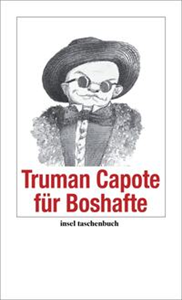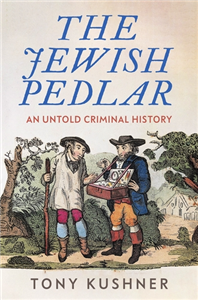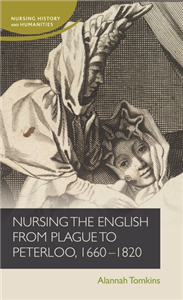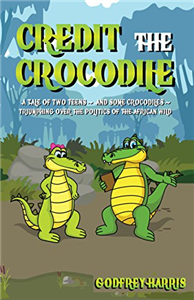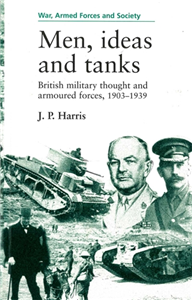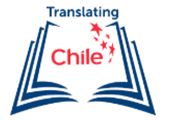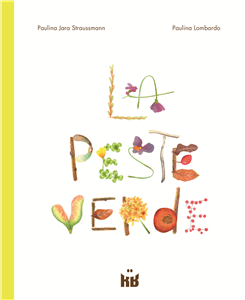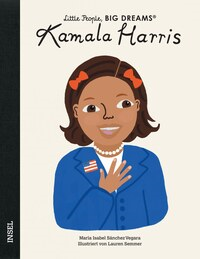18. Publikation der Marcel Proust Gesellschaft
Ohne die Frauen ist Prousts Schreiben nicht zu verstehen. Bereits in der Eingangsszene der Recherche ist Imagination mit Weiblichkeit verknüpft, wenn der Träumer eine Frau halluziniert, die aus einer falschen Lage seines Schenkels heraus geboren wird, so wie Eva einer Rippe Adams entsprungen ist. Schließlich identifiziert sich der Erzähler selbst mit einer Frau, wenn er mit dem Buch, das er im Begriff zu schreiben ist, »schwanger« geht. Das Weibliche ist so nicht nur Bestandteil des Romans, sondern konstitutiv für Prousts Schreiben selbst, das man eine écriture au féminin nennen könnte.Wie kein anderer vor und nach ihm erforscht Proust zudem das Rätsel weiblichen, genauer lesbischen Begehrens. Albertine ist kein Mann in weiblicher Verkleidung, sondern Figur des Femininen par excellence – Figur des Flüchtigen, Opaken, Fragmentarischen und somit Inbegriff von Prousts Modernität. Der vorliegende Band versammelt die Beiträge des internationalen wissenschaftlichen Symposions, das die Marcel Proust Gesellschaft 2017 in München veranstaltet hat. Nicht nur biografische Quellenforschung, sondern Prousts weibliches Schreiben und sein Schreiben des Weiblichen stehen im Mittelpunkt der Untersuchungen.







